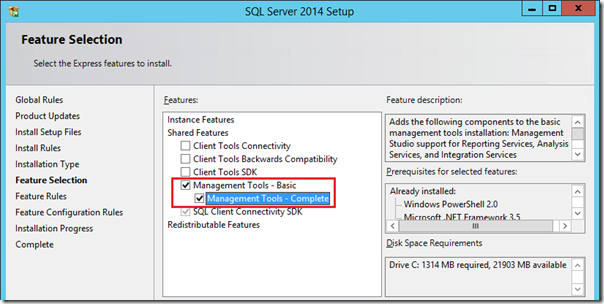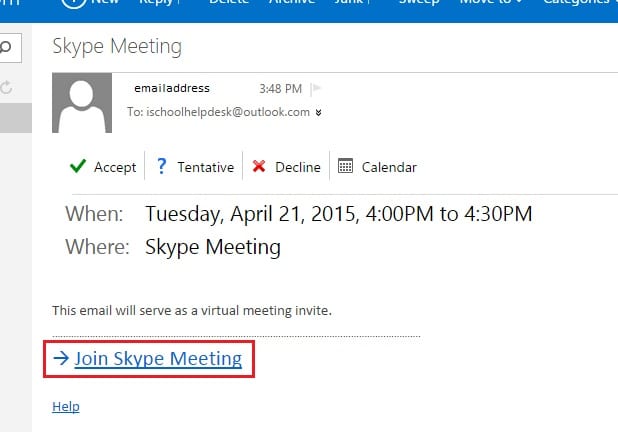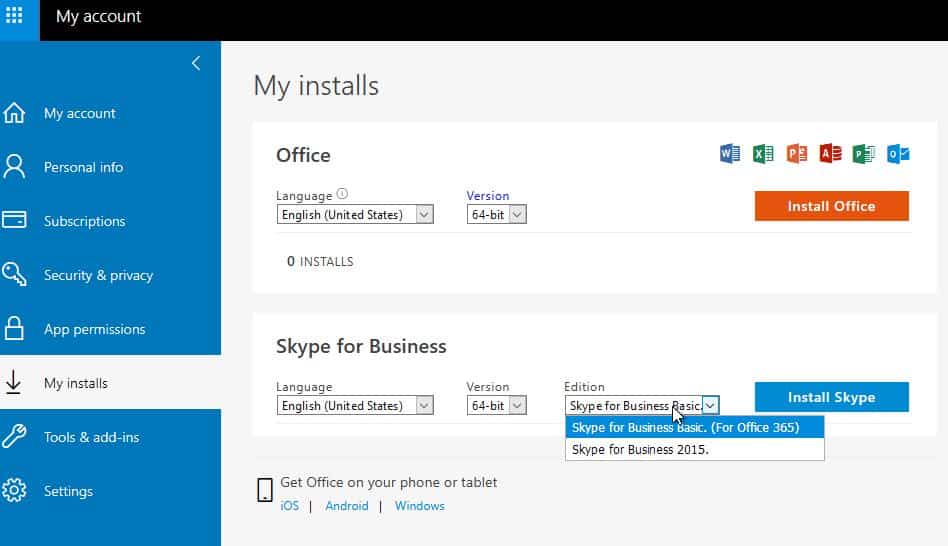
- #Install skype for business 2015 client install#
- #Install skype for business 2015 client update#
- #Install skype for business 2015 client download#
- #Install skype for business 2015 client windows#
The app has both useful features and significant disadvantages, e.g. It is a part of the Microsoft Office 365 suite and, thus, integrates with all suite components. Analysis indicates that the scope of customers experiencing impact appears to be very limited with only a few customers reporting the issue. Skype for Business is an enterprise communication platform created by Microsoft.

#Install skype for business 2015 client install#
If you want to install an older version of Office, please remove these newer products and try again.”Ĭustomer Impact: Impact is isolated to customers who have purchased the Office 365 business Premium subscription. You can install Skype for Business 2016 as a workaround. As a result, some users may receive the error message: “We have detected that you have a newer version of Office installed on your device. If you want to install Skype for Business 2015, you may need to uninstall Office 2013 Standard installed as retail or volume licenses first and then install the Office 2013 suite from the Office 365 E3 subscriptions as Office 2013 of the MSIversions can’t coexist with Office 2013 of the Click-to-Run version. The Skype for Business 2016 installation URL located on the Office 365 homepage is not routing affected users to the newest version of Skype for Business. User Experience: Affected users who have upgraded to Office 2016 are unable to install Skype for Business 2016. To get around the install limitation ('Microsoft Lync 2013 not found'), use Jon Gallants advice: That is, unzip lyncsdk.exe and manually install the appropriate MSI (x86 or 圆4). Once development phase completes, engineers will perform tests to ensure the fix is a valid solution and deploy it throughout the affected environment. Like Ankit mentioned, the 2013 SDK works with Skype for Business 2016, too.
#Install skype for business 2015 client windows#
If you dont want to navigate around regedit manually, this registry script will create the appropriate key: Windows Registry Editor Version 5.00.

Once its finished, undo your changes to the registry.

So if you have installed Office 2016 and the Skype for Business client, please note that changing it to the Lync 2013 UI won’t help is it does not apply on Skype for Business client installed as part of Office 2016 suite.Current Status: Engineers are developing a solution to ensure that the affected Skype for Business installation URLs route affected users to the newest version of the Skype for Business client. Create a new string value named InstallationDirectory the data doesnt matter. Before you attempt to configure your client environment to use the Lync 2013 client, please check the client version to ensure it does not start with the number 16 for example: 16.x.x.x. NOTE The Lync 2013 client experience isn’t an option for Skype for Business 2016 client versions. If you’d prefer to use the Lync client experience, you can manage the first launch client behavior to display the Lync user interface following the steps later in this topic. Next step is to request and assign a certificate for the front end server from our internal PKI. Now run Setup or Remove Skype for Business Server Components.
#Install skype for business 2015 client update#
The default setting is for users to use the Skype for Business client user interface. Click on Install or Update Skype for Business Server Systems and run the Install Local Configuration Store Wizard.

Switching between the Skype for Business and the Lync client user interfacesįor Skype for Business Online organizations, you can use the Remote PowerShell in Office 365 to enable your Skype for Business users to use the Skype for Business client or the Skype for Business (Lync) client user interface.
#Install skype for business 2015 client download#
Posted by Jeffrey Schwartz on at 10:26 AM. Use the links on this page to get more information about and download the most recent updates for the perpetual versions of Skype for Business 2016, Skype for Business 2015, and Lync 2013 clients. Navigating through the TechNet and Office blogs I’ve encountered the following statement: The Skype for Business client will roll out as part of the April monthly update for Office 2013 and for Office 365 in May. One of the things I’ve noticed right away is that the new Skype for Business client which is part of the Office 2016 suite is showing the Skype for Business UI regardless of the policy assigned to the user, meaning that if the policy for EnableSkypeUI is set to TRUE or FALSE, the Skype UI is being showed to the user. Microsoft has released Office 2016 suite two weeks ago and I decided to give that a try after using the beta for couple of months now.


 0 kommentar(er)
0 kommentar(er)
